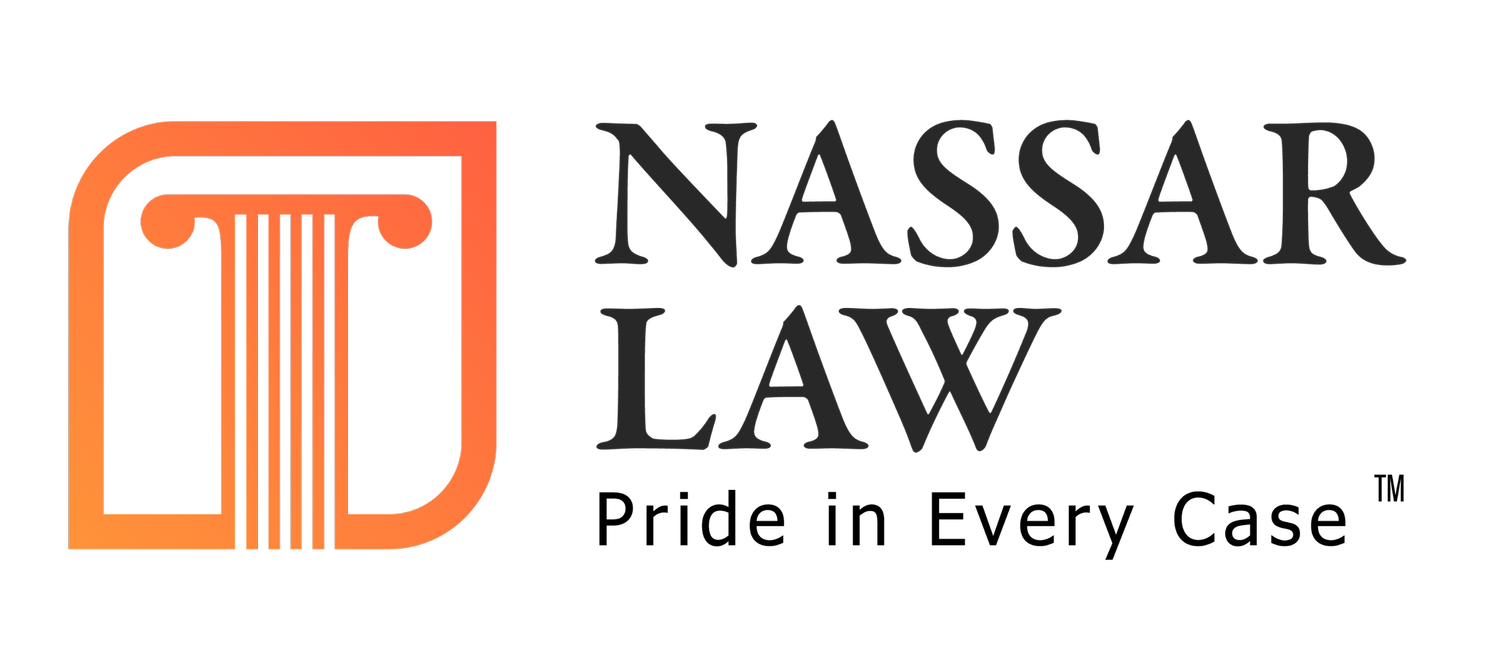Insurance Coverage 101: The Basics of General Liability Policies for Policyholders
Insurance policies, have in past, not been more clear about covering mental injury without a physical injury and therefore would only cover bodily injury. For that reason in general liability as of 2001 a minority of courts included emotional distress within the definition bodily injury.
Karen M. Richards and Geraldine Gauthier address this:
"Theories of recovery for so-called “bystander claims” have evolved over more than one hundred years. Today in New York, bystanders can recover damages from health care providers and other private parties for their emotional distress caused by witnessing the death or injury of a family member. Part I of this article explores the evolution of American jurisprudence on bystander claims, with particular focus on New York. It explains the “zone of danger” rule and the elements required for recovery under the rule in New York. Part II reviews how New York courts have applied the zone of danger rule and explains how a direct duty of care running from the health care provider to the plaintiff circumvents the rule through the application of traditional tort principles. Part III looks specifically at the development and current status of theories of recovery for emotional distress in traditional negligence and medical malpractice cases, in cases involving loss or disappearance of a patient, and in obstetrical cases, including miscarriage, stillbirth, and in utero injuries.”
Liability of Health Care Providers for the EmotionalInjuries of “Bystanders”
by Karen M. Richards and Geraldine Gauthier
Included below is The Basics Of Commercial General Liability Policies:
Introduction To CGL Coverage
Commercial General Liability (CGL) insurance policies are a very important protection for corporate policyholders, broadly providing defense and indemnity coverage against claims for bodily injury and property damage. CGL policies typically are written on standard policy forms developed by nationwide insurance industry organizations. Because CGL policies are products of insurance industry draftsmanship, courts in most jurisdictions construe any ambiguities in favor of the policyholder.
The Insuring Agreement
Although there may be some variance in language, the standard primary CGL policy generally provides the following promises:
The Company will pay on behalf of the insured all sums which the insured shall become legally obligated to pay as damages because of bodily injury or property damage to which this insurance applies caused by an occurrence and the Company shall have the right and duty to defend any suit against the insured seeking damages on account of such bodily injury or property damage . . . .
As the above language suggests, the policy is triggered by bodily injury or property damage taking place during the policy period (“claims-made” policies, on the other hand, generally are triggered by a claim asserted against the policyholder during the policy period). When a policy is triggered, an insurer owes its policyholder two principal obligations: a duty to defend and a duty to indemnify.
The Duty To Defend
The insuring agreement gives the insurer the right and imposes upon the insurer the duty to defend any suit seeking covered damages from the policyholder. An insurer’s obligation to defend is determined by comparing the allegations of the underlying complaint against the coverage afforded under the policy. If even a single claim potentially falls within coverage, the insurer generally must defend the entire action. Importantly, the insurer’s duty to defend arises even when the underlying lawsuit or claim is groundless, false, or fraudulent. Notably, if an insurance company reserves its rights to disclaim an indemnity obligation, a conflict of interest is created, which courts in most jurisdictions resolve by permitting a policyholder to retain independent defense counsel, at the insurer’s expense.
The insurer’s defense obligation may be extremely valuable to the policyholder. As a practical matter, a policyholder may incur tens of millions of dollars in legal fees for large scale environmental or product liability claims, even where the policyholder ultimately avoids liability. Additionally, these defense costs typically do not erode primary CGL policy limits.
Excess CGL policies also impose defense-related obligations, but often the insurer is obligated only to pay defense costs, not to provide the actual defense, and those defense costs may erode excess policy limits.
The Duty To Indemnify
In contrast to the duty to defend, the insurer’s duty to indemnify more narrowly turns on the actual facts of the third-party claim as developed in the underlying case. The duty to indemnify generally arises upon the policyholder’s legal obligation to pay damages following a judgment or settlement.
Where a policyholder seeks to settle a claim, policies generally require the policyholder to obtain the insurer’s approval, or risk losing coverage for the settlement. An insurer, however, waives its right to prior approval if it refuses to defend or denies coverage.
If coverage is denied, a settlement will be covered if the policyholder had a reasonable apprehension of liability and the settlement is objectively reasonable in light of the policyholder’s exposure to liability had the case gone to trial.
Other Policy Terms
Other policy terms may impact the coverage initially promised in the insuring agreement. CGL policies typically include exclusions or limitations on coverage. Additionally, CGL policies impose various duties and conditions on policyholders, including requirements concerning when and how policyholders must give notice to their insurers of occurrences or claims. It is absolutely essential to review every provision of an insurance policy, including endorsements.
The Basics Of Commercial General Liability Policies
by Andrew Weiner and Joseph Saka, Dickstein Shapiro LLP

